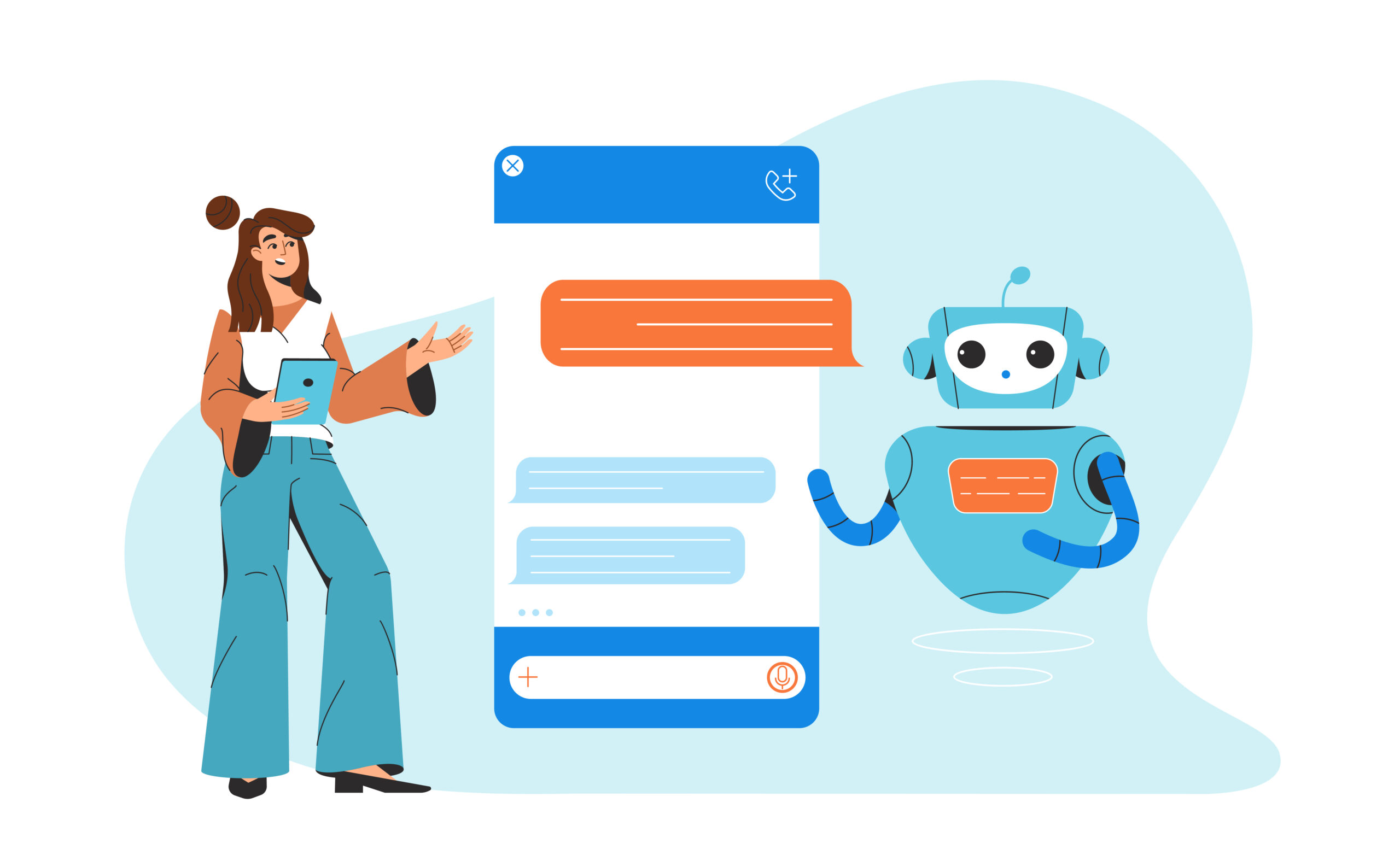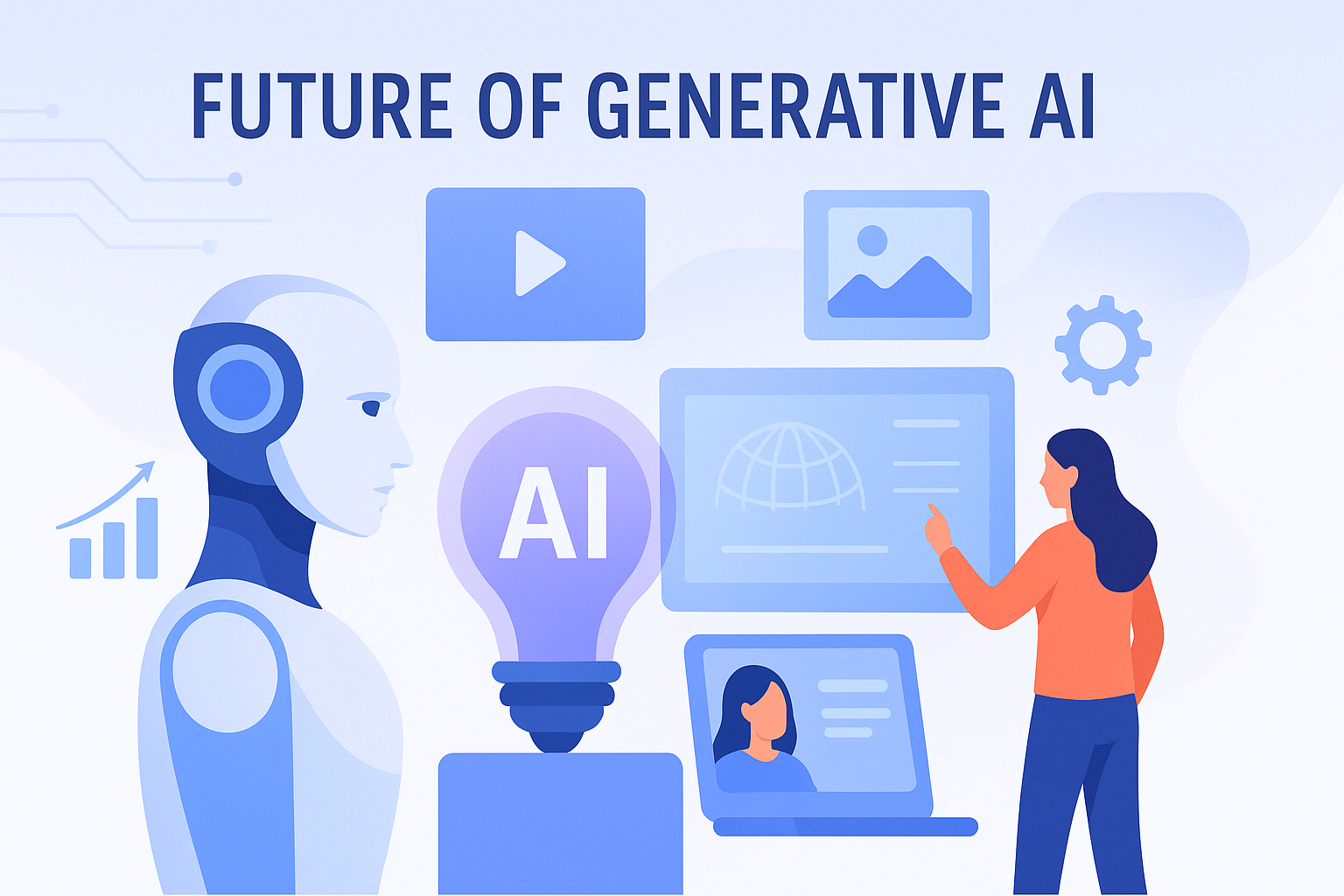1. Process of Creating a Chatbot
Here’s the typical step-by-step:
- Define Purpose & Scope
- Decide what the bot will do: customer support, sales, education, entertainment, etc.
- Define the target audience and the languages it will support.
- Choose the Platform & Type of Chatbot
- Platform: Website, WhatsApp, Messenger, Slack, custom app, etc.
- Type:
- Rule-based (uses decision trees / pre-set flows)
- AI-powered (uses NLP & ML for natural conversation)
- Select the Tech Stack
- Frontend: React, Vue, Flutter, HTML/CSS/JS
- Backend: Node.js, Python (Flask/Django/FastAPI), PHP
- NLP Engines: OpenAI (GPT), Google Dialogflow, Microsoft Bot Framework, Rasa
- Database: MySQL, MongoDB, PostgreSQL (for storing user chats & context)
- Design Conversation Flow
- Use tools like Botpress, Voiceflow, Draw.io, or Figma to map dialogues.
- Define intents, entities, and sample user queries.
- Integrate AI/NLP Model
- For example, integrate OpenAI GPT API for text understanding and generation.
- Train/fine-tune models for domain-specific knowledge.
- Backend & API Development
- Create APIs for message handling.
- Connect chatbot to your NLP engine.
- Add integrations like email, CRM, or payment gateways if needed.
- UI/UX Development
- Build the chatbot interface (chat window, buttons, quick replies).
- Make it responsive for mobile and desktop.
- Testing & Debugging
- Test for language accuracy, intent recognition, and error handling.
- Run beta testing with a small group of users.
- Deployment
- Host on a cloud platform (AWS, Azure, GCP, Vercel, Render).
- Connect to the target platform (WordPress, Messenger, WhatsApp API, etc.).
- Monitoring & Continuous Learning
- Analyze logs to find unhandled queries.
- Improve NLP training data regularly.
2. Role of Cutting-Edge (“Edge”) Technologies
When we say edge here, we mean both edge computing and latest innovations in AI/chatbot tech.
| Technology | How it’s Used in Chatbots |
|---|---|
| Edge Computing | Runs chatbot logic closer to users (e.g., on IoT devices or local servers) for low latency, useful in AR/VR or on-device assistants. |
| Generative AI (LLMs) | GPT-4, GPT-5, LLaMA, etc., for realistic conversations. |
| Speech-to-Text (STT) | Converts voice to text in real-time using Whisper AI, DeepSpeech, etc. |
| Text-to-Speech (TTS) | Gives chatbots a natural voice (Google WaveNet, Amazon Polly). |
| Vision AI | Lets chatbots “see” — e.g., reading documents, recognizing objects via OCR & computer vision. |
| IoT Integration | Voice assistants controlling smart devices locally (Alexa, Google Home). |
| AR/VR Integration | VR-based customer support bots in virtual environments. |
| On-Device AI Models | Small language models like GPT-4o-mini running directly on a phone or browser for privacy and offline mode. |
| Real-Time Translation | Instant multi-language chat via AI translation APIs. |




